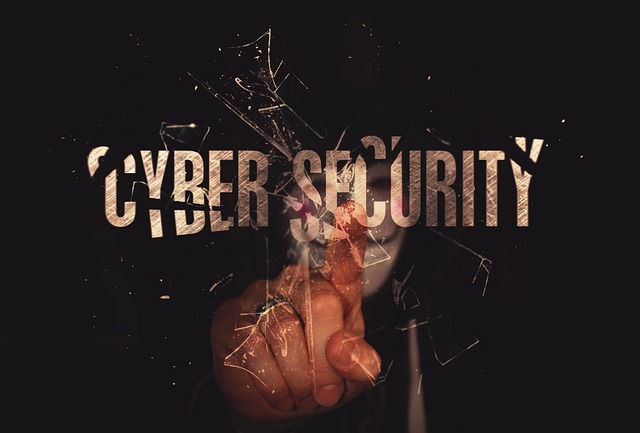
The fictional broadcast Black-out on NPO 1 has sparked widespread controversy across social media. Numerous viewers shared their reactions to the project, including critiques of its format and the delivery of its content.
The program featured a fabricated news segment portraying a multi-day power outage in the southern regions of the Netherlands—South Holland, Zeeland, and Utrecht—caused by a cyberattack on the network operator Stedin. The narrative included discussions with invited experts, accompanied by a scrolling ticker displaying fake headlines at the bottom of the screen.
Some viewers deemed the program unacceptable, citing insufficient clarity regarding its fictional nature. Although disclaimers occasionally appeared on the screen, many argued that they were inadequate to prevent panic. Several noted that the ambiguity of the format could provoke significant distress, particularly among elderly individuals or those without internet access to verify the information.
One user shared that his mother had asked whether the widespread outage was real. Another admitted that he initially believed the broadcast depicted an actual event and immediately began searching for updates in the media.
Commentators highlighted the potential risks of presenting information in such a manner, including the possibility of inducing panic among individuals with mental health conditions. One user emphasized that programs like this must be clearly marked as fictional to avoid unnecessary anxiety.
Accusations were also leveled at the creators for exploiting shock value to boost ratings. Others argued that, despite the controversy, such scenarios are crucial for raising awareness about potential threats like prolonged power outages or cyberattacks.
Nevertheless, a significant portion of the audience pointed out shortcomings in the program. Many criticized the lack of clear and consistent warnings about its fictional nature, leading some to perceive the events as genuine.
The broadcast of Black-out ignited heated debates about the boundaries of acceptability in television projects. While the realism of the scenario was a primary objective for the creators, it also became the source of widespread dissatisfaction. On one hand, the program succeeded in provoking thought about possible crises; on the other, it triggered waves of outrage due to unwarranted alarm, particularly among vulnerable groups. The discussion continues as viewers propose ways to improve the execution of such formats in the future.


